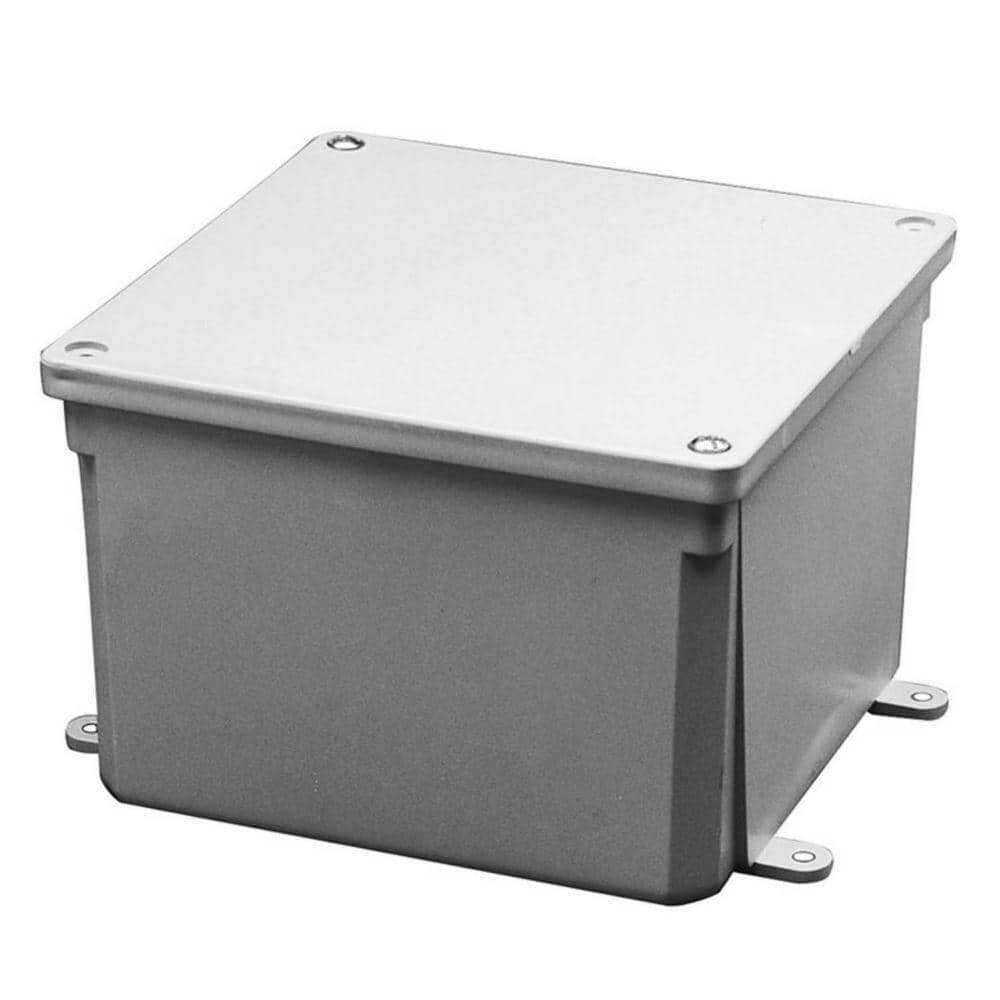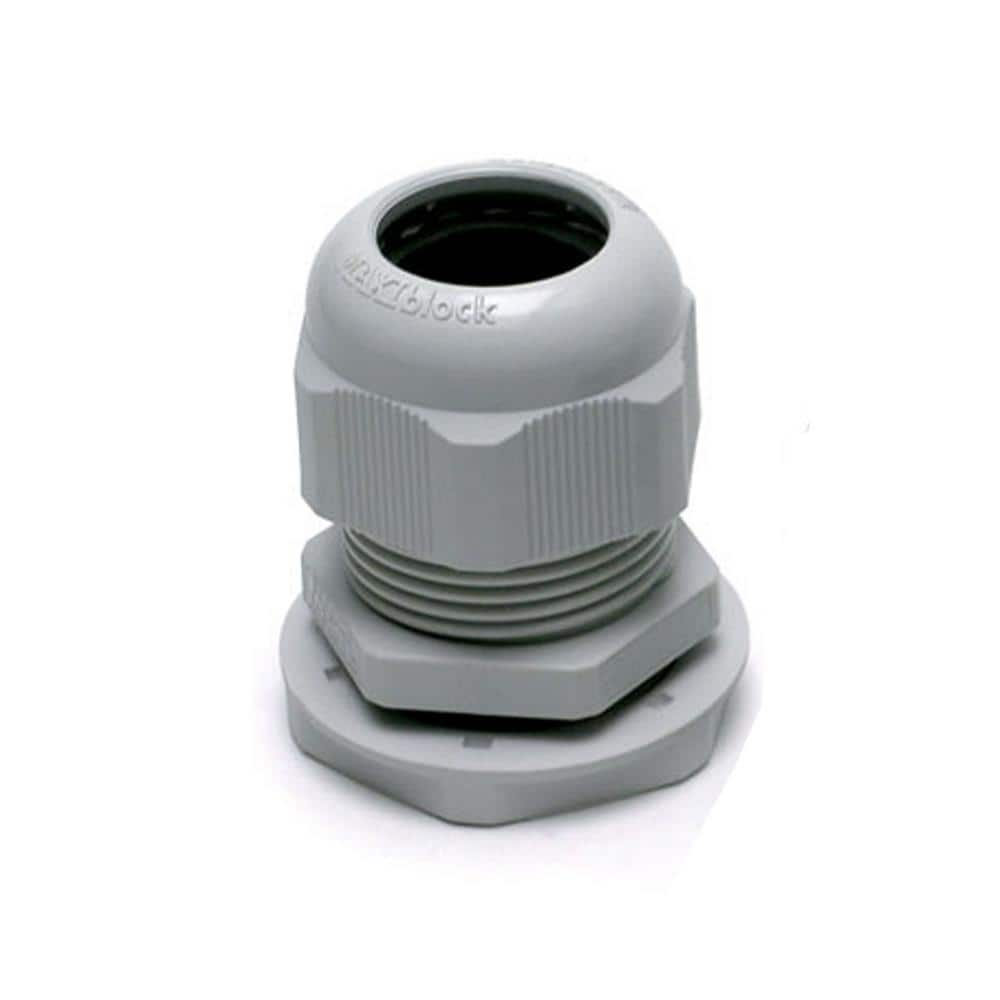- Joined
- Feb 20, 2003
- Messages
- 1,162
I am looking for recommendations on an outdoor junction box to take LMR-400 from the base antenna then LMR-195 into the house to a Stridsberg MCA204M then to the scanners.

What is Gland type conduit fittings?
Carlon 6 in. x 6 in. x 4 in. Gray PVC Junction Box E987RR - The Home Depot
The Junction Box is UL listed with a NEMA 6P rating per Section 314.29, Exception of the NEC. The box is made with a thermoplastic material and features a gasket lid attached with stainless-steel screws.www.homedepot.com
You can get these in bigger sizes. I've used some 12x12 size for terminal cabinet.
Getting the cable in/out needs to be considered. Gland type conduit fittings can be had at Home Depot that will allow you to get the cable in and seal the pass through.
What is Gland type conduit fittings?
What is Gland type conduit fittings?

Thank you. What size for LMR-400?
ASI M20 x 1.5 Threaded Plastic Cable Gland with Locknut 7 mm to 13 mm Clamping Range (10-Pack) 3001316 - The Home Depot
A cable gland is used to keep dust and liquids from entering a panel or box for wire entry. This cable gland can be threaded onto matching M20 x 1.5 threads or used with the included locknut on panelswww.homedepot.com
There are tons of different versions, these are just two examples that were easy to get.
Thank you. What size for LMR-400?
I’ve often wanted to find a traffic light controller box to mount on the side of the house, but no one ever wants to give one up.
Railroad signal cabinets are a good choice, if you can find them.
We have some traffic light controller style boxes at work for phone/network service in locations where a larger installation isn't possible. They've worked really well, but they are not cheap.
I think for hobby use, the plastic 4R NEMA boxes are a good start.
Can I drill a hole in back of the box and align the hole to the hole going into the house?What is Gland type conduit fittings?
Can I drill a hole in back of the box and align the hole to the hole going into the house?
Fair point. I'd be more concerned with keeping the house's envelope sealed up than that of the box but as long as I'm trying to keep the weather out, I'd deal with the box too. Having a puddle in the bottom of a junction box kinda irks me.
I have 1 or maybe 2 holes, all well sealed in and out. Having an unfinished basement helps.
Not just a puddle but a few drops evaporating and condensing, over and over. Heck, the cable co. boxes are far from wx proof. In my area, they don't even use a box anymore. That goes for Spectrum and Dish.

